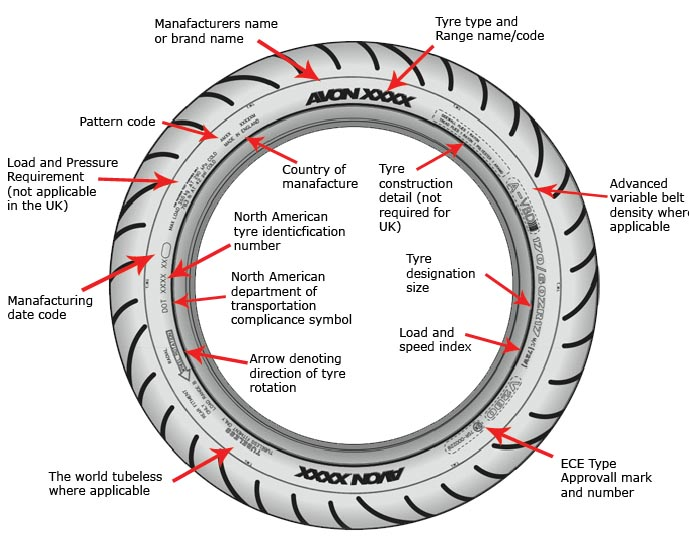Directional tires have a tread pattern designed to rotate in only one direction. When you look at such tires head on, the lateral voids and channels on the tread all point forward and down. The channels on both sides of the tread will run like two waterfalls joining from opposite sides, like this: ϒ
Directional tires (also called unidirectional) are better for performance cars — and traveling at high speeds — than tires with symmetrical or asymmetrical tread patterns. The tires channel water away efficiently for excellent hydroplaning resistance and deliver sporty performance on dry surfaces.
But directional tires cannot be easily rotated to as many positions on the vehicle. In order to rotate directionals to opposite sides of a vehicle — not just between front and back on the same side — the tires have to be dismounted from the wheels and remounted before being installed.
For this reason, most drivers end up just switching directional tires from front to back on the same side when they get a rotation. This means the tires will wear less evenly and more quickly, and that’s why you may get less mileage.
Most directional tires have a solid center rib, which adds rigidity for high-speed stability. Also, the lateral channels on the tread pattern all point down in a V-shape. Such designs are used on summer or winter tires.
Here’s a comparison between directional, symmetrical and asymmetrical treads.
The most common tread pattern for passenger cars is symmetric. The left and right tread blocks mirror each other, and the grooves and voids point in multiple directions. Both summer and winter tires use this type of pattern.
Asymmetric treads combine the above two patterns to offer good grip on dry, wet or snowy roads, making the tread type a better choice for all-season use. The inner side of asymmetric tires often features lateral voids like those found in directionals, while the outer side uses larger tread blocks.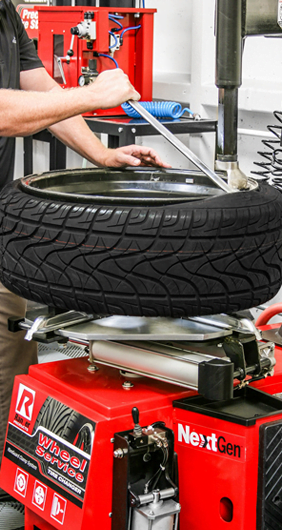
On directional tires, there’s an arrow on the sidewall of the tires — when correctly mounted, the arrow points toward the front of the vehicle. If directional tires get mounted backward, you won’t get the hydroplaning resistance and other performance driving benefits the tread is designed for.
Front and rear tires often wear at different rates. It is recommended to rotate standard tires between front and back and crossways to maximize lifetime mileage.
When you have directional tires, you can only easily swap fronts for rears on the same side of the car. If you want to cross tires to opposite sides, you’ll have to go through the time and expense of having the tires taken off the wheels, flipped, remounted on the wheels and swapped.
Directional tires provide superior handling in wet conditions or dry. The V-shaped tread allows water to be pushed outward as the tire rotates, evacuating water better than a symmetric tire.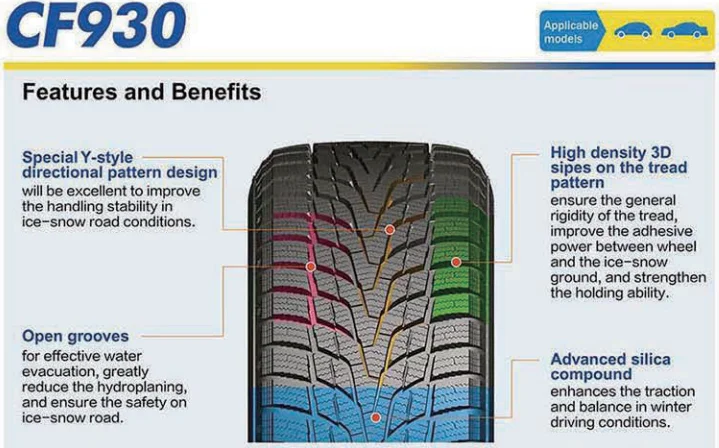
The tires handle better at high speeds. Most race and sports cars run with directional tires.
Directionals can also provide better fuel efficiency since they have less rolling resistance. (But if you’re a spirited driver, faster accelerations and speeds may offset these gains.)
The main downside is cost. The rubber compounds used in these high-performance tires mean a premium price point compared to standard passenger car tires.
Also, directionals typically have shorter tread life. It’s not because the tread is less durable, but rather it’s because tire rotations involve extra labor and cost. Many drivers opt to swap front and rear tires on the same side to avoid the hassle.
SHOP TIRES
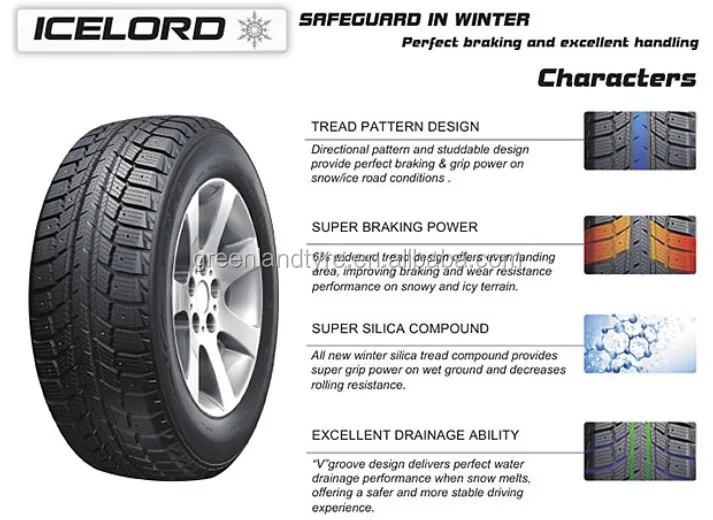 A prerequisite for safe traction and especially good running characteristics is correct fitting. But how can you tell the direction of the tyres ?
A prerequisite for safe traction and especially good running characteristics is correct fitting. But how can you tell the direction of the tyres ?Directional tyres are marked on the side, i.e. on the tyre's sidewall. You will see the word "Rotation" or "Direction" written here. Next to it, there is a small arrow which indicates the tyre's forward direction (rolling direction).
Directional tyres are marked on the side, i.e. on the tyre's sidewall. You will see the word "Rotation" or "Direction" written here. Next to it, there is a small arrow which indicates the tyre's forward direction (rolling direction).
Directional car tyres: What is special about them?You might have noticed it before: Directional tyres have a "V" shaped profile as opposed to a "U" profile. This not only looks sporty, but also fulfils a special function: The arrangement and the inclined shape of the tread grooves ensure that any water is channelled very quickly onto the road and discharged immediately to the outside.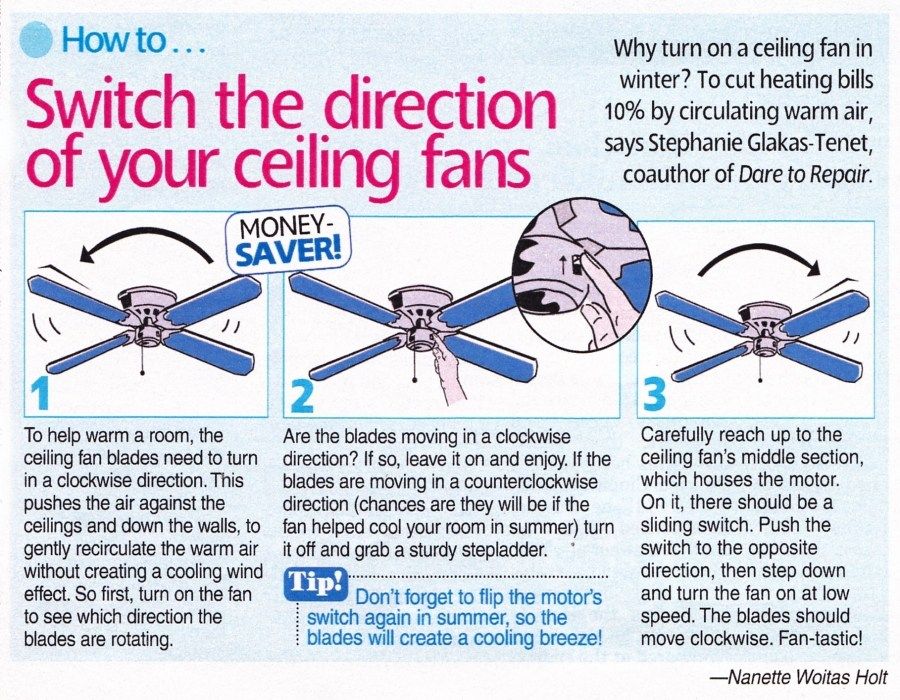
This feature gives you special protection against aquaplaning. But not only that: the special profile shape also ensures stability at high speeds as well as on snow-covered ground. This is why winter tyres are often directional.
Many summer tyres are also directional tyres. After all, heavy rain showers also occur in the warm months of the year.
The special tread pattern is ideal for sports cars and high speeds. They also have the following advantages:
In contrast to asymmetric tyres, directional tyres are not suitable for use as a spare tyre. This is because they are rim-dependent. This means that, as they are mounted on the rim, the tyres are only suitable for one side of the vehicle and cannot be used flexibly on either side in the event of a breakdown.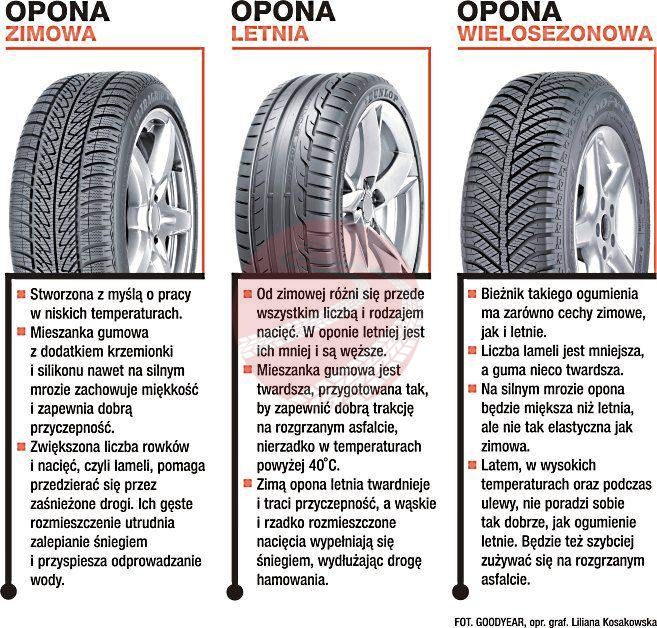
Mounting directional tyres
The special tread cannot work properly if directional tyres are mounted the wrong way round. This means that the tyres will not hold the road very well and the risk of aquaplaning will be greater. Incorrectly mounted tyres will also wear down faster and they will be louder when driving.
Correct mounting is very important to ensure that directional tyres work to their full effect. This is why you should always abide by the marking on the tyre's sidewall.
Barum. A brand of Continental.
Good tyres. Good deal.
Introduction
What is the feature of the directional tread pattern?
Advantages and disadvantages of
directional tiresHow to properly install directional tires
Conclusion
When choosing good tires, you often face the problem of not only a huge number of models, but also a variety of tread patterns, which also need to be sorted out.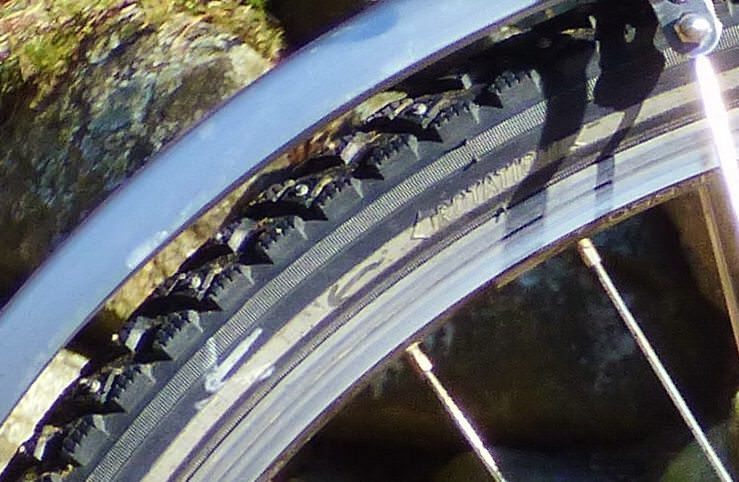 One of the most popular patterns is the traditional directional pattern, which has been used on the tread surface of a wide variety of tires for decades.
One of the most popular patterns is the traditional directional pattern, which has been used on the tread surface of a wide variety of tires for decades.
What are directional tires and why are they still in demand not only among motorists, but also among professional motorcycle racers? In the article, we will reveal all the secrets and technologies of directional tires, as well as show you how to install them correctly. Here, nuances and discoveries await us at every step.
There are four types of car tire tread pattern:
directional symmetrical,
non-directional symmetrical,
non-directional asymmetrical,
directional asymmetric.
Each drawing is designed for its own version of the road and has its own set of advantages. Different tread patterns have different functionality and behavior on the road. When mounting tires on wheels, their own installation principles also work, which will need to be strictly observed so as not to create an emergency.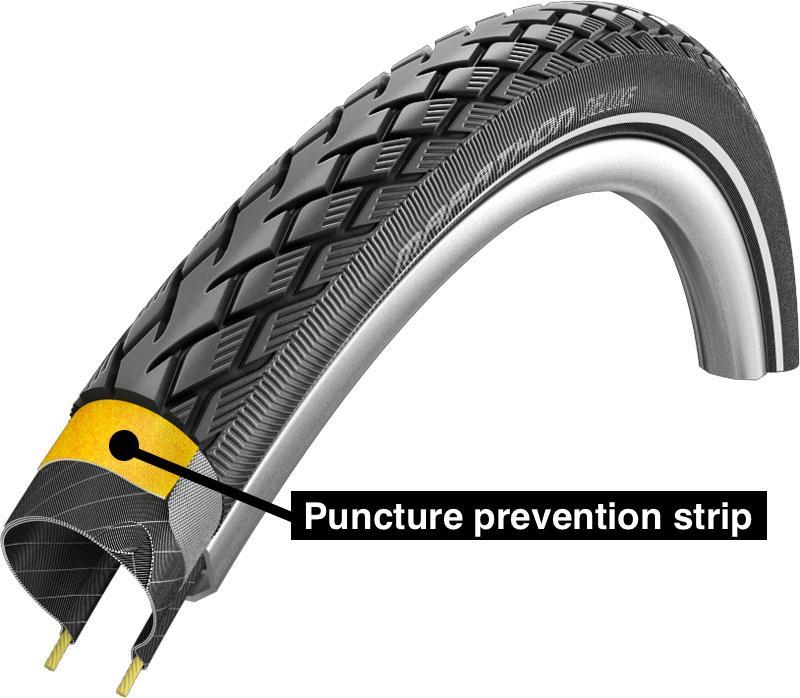 We will talk about them in the corresponding section.
We will talk about them in the corresponding section.
The essence of the directional tread design is clear at a glance: the blocks, ribs and tread grooves of the V-pattern are directional, spinning the wheel in a certain direction. Most often, directional tires are found in winter models, but there are many of them among summer ones. In symmetrical tires, both halves of the directional tread are mirrored, in an asymmetric design, both halves have a different structure and different functionality.
It is necessary to mount the wheels only in the right direction, otherwise all the advantages will come to naught, and at the same time problems with handling and accelerated wear will be added. Excessive strong pressure will accumulate in the center of the working area, due to which the tire will begin to rise above the road and harm traction in how many areas.
The directional tread pattern is best suited for wet tarmac, as the grooves that widen from the center to the sides are much better at shedding water from the contact surface.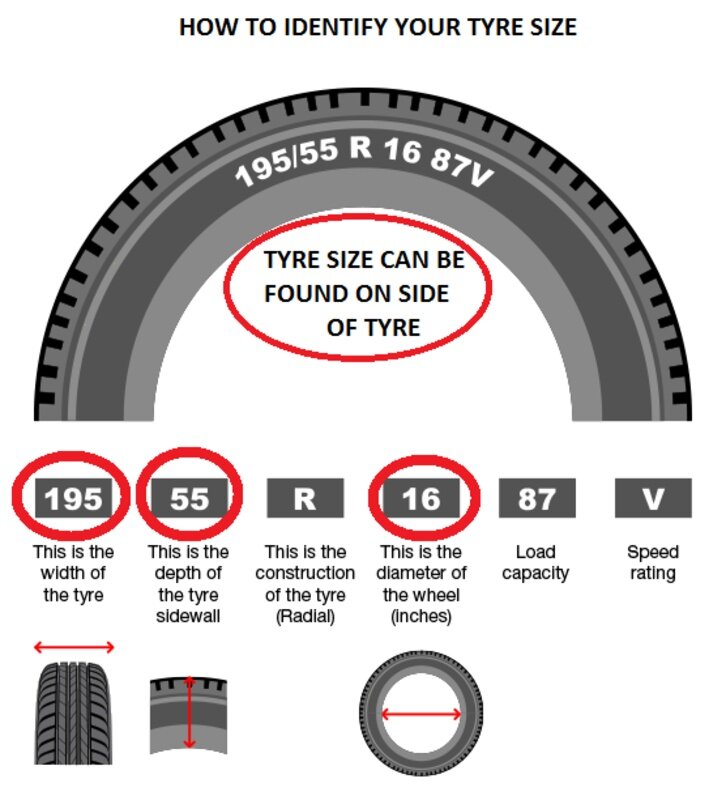 This not only improves grip on wet surfaces, but also works in favor of protection against the effect of hydroplaning. This works even better for a rear-wheel drive car - the front wheels will quickly clear the water before the rear axle sets foot on the road. Accordingly, contact with the track in such a car will be much more thorough.
This not only improves grip on wet surfaces, but also works in favor of protection against the effect of hydroplaning. This works even better for a rear-wheel drive car - the front wheels will quickly clear the water before the rear axle sets foot on the road. Accordingly, contact with the track in such a car will be much more thorough.
The directional pattern of the winter models excels in raking snow and removing dirt from the contact surface - ideal for snowy trails in the winter.
On a dry summer surface, they also give the car a couple of advantages - first of all, it concerns directional and lateral stability. For high-speed tires, this is one of the most relevant designs, as directional tires have a positive effect on the reactions of the car at high speed.
However, their driving disadvantage is the increased noise level during active work on asphalt, and the higher the speed, the stronger the rumble. Also, directional tires are more expensive than non-directional tires, but cheaper than asymmetric ones. It is better not to install directional tires if you often drive on dirt roads or are completely forced to drive off-road. They will not show effective work on soft and medium hard surfaces. For rural areas, a tread pattern with a non-directional arrangement of large lugs is better suited. Remember that, being put on disks, wheels with directional rubber can only be changed from the front axle to the rear and vice versa, but not rearranged on the sides. To do this, the tires will have to be disassembled and put as needed.
It is better not to install directional tires if you often drive on dirt roads or are completely forced to drive off-road. They will not show effective work on soft and medium hard surfaces. For rural areas, a tread pattern with a non-directional arrangement of large lugs is better suited. Remember that, being put on disks, wheels with directional rubber can only be changed from the front axle to the rear and vice versa, but not rearranged on the sides. To do this, the tires will have to be disassembled and put as needed.
Although we've talked about directional tires, it's the symmetrical design that's most common. Asymmetric directional pattern is very rare. This is due to the fact that such tires are not only much more difficult and expensive to manufacture, but they have one serious drawback for car owners. Due to the very strict installation scheme for the car, constant difficulties arose with spares - I had to constantly carry two spare wheels with me instead of one, because you never know which tire will be damaged, and you can’t change directional asymmetric tires with sides.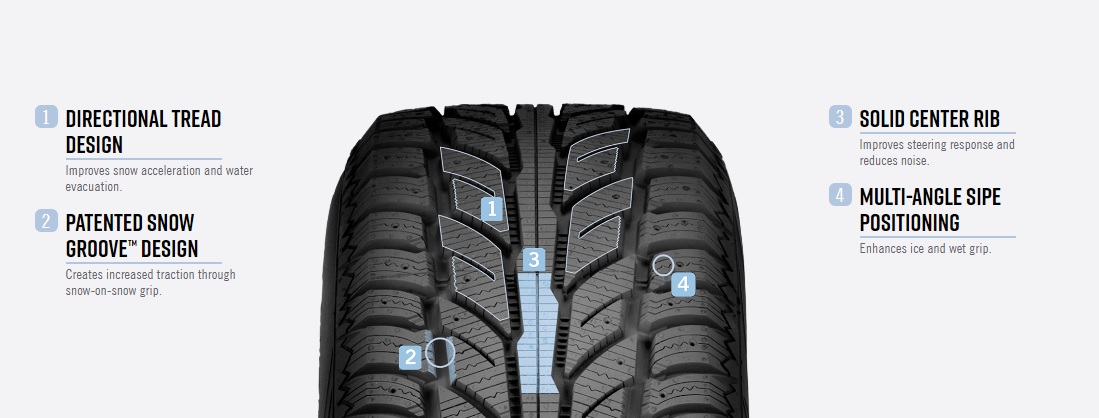 In addition, the warehouses constantly accumulated tires for only one side, which are completely useless without a paired wheel.
In addition, the warehouses constantly accumulated tires for only one side, which are completely useless without a paired wheel.
As mentioned above, one of the "secrets" of directional tires is their installation pattern. Simply put, you need to find the inscription Rotation (from the English. "Rotation") with an arrow on the sidewall. It is this marker that is an indicator - in which direction the tire pattern should “look” when installed on a car. If you make a mistake with the direction of rotation and put the rubber against the arrow, then the drainage system will rake in water like a mill, and not discard it, leveling all the advantages of the model, or even exacerbating them. The fact that the tires are installed incorrectly will tell you a sharply increased noise in the cabin.
If for some reason you could not find this marker, then you can do it even easier - pay attention to the tire tread pattern itself. The rubber of the directional design is a kind of "herringbone" that is directed forward.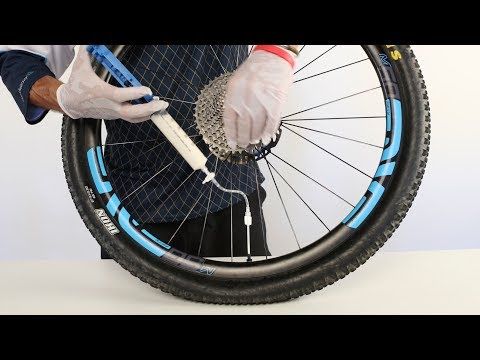 Simply mount the tires so that the tread pattern faces the direction of travel of the vehicle.
Simply mount the tires so that the tread pattern faces the direction of travel of the vehicle.
Rubber with an asymmetric device should only be mounted according to the marking, since each individual side is designed for its own tasks and should never be confused. The correct direction of asymmetric tires will help determine the labels:
Outside, or the outer side of the tire, must face outward.
Inside, or the inner side, respectively, looks inside the car.
Right and left asymmetric tires are much less common. Left (or simply L) will be written on one tire - it means that it must be placed to the left of the body, Right (R) - to the right. You can change them only on one side of the body - front with rear and vice versa.
But much more often, directional tires can be mounted on a rim on either side, the main thing is to follow the direction of the pattern.
And don't forget to balance freshly assembled wheels - tires will never show their advantages and characteristics without good balance.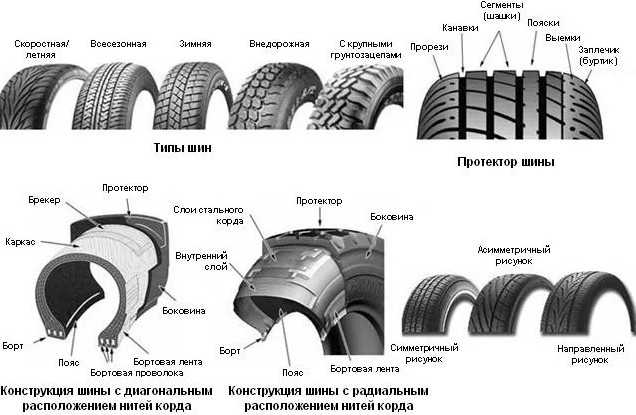 Only after that you can proceed to the installation on the hubs. After installation, go around the car in a circle and check the markings. Recall that we need the rotation direction under the Rotation arrow. If you have an asymmetric directional tire, then make sure that only the Outside is visible. Left (Left) and right (Right) asymmetric tires must show the sides of the body in the direction of travel.
Only after that you can proceed to the installation on the hubs. After installation, go around the car in a circle and check the markings. Recall that we need the rotation direction under the Rotation arrow. If you have an asymmetric directional tire, then make sure that only the Outside is visible. Left (Left) and right (Right) asymmetric tires must show the sides of the body in the direction of travel.
You can learn a couple more tips about directional tires from this video:
When transferring a car to the cold season, the main requirement is to correctly install winter tires. Different tires differ from analogues in the specific structure of the tread, which imposes restrictions on installation.
In order for the buyer to correctly change the shoes of the car, the factories put special markings on the sidewalls. The inscriptions will help determine where the rubber has front and back, left and right sides.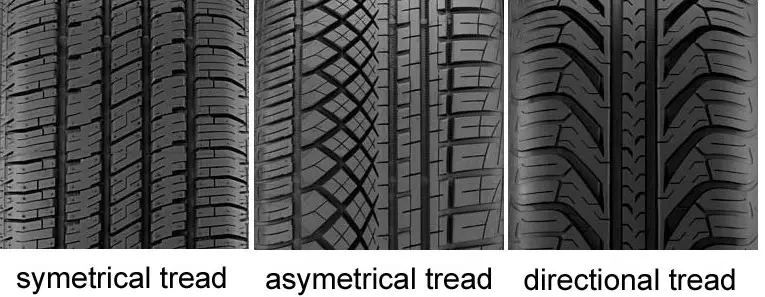
Content
Modern tires are divided into three types depending on the design of the tread. The difference in pattern allows manufacturers to tailor product characteristics to specific road conditions.
The difference in pattern allows manufacturers to tailor product characteristics to specific road conditions.
Also, the shape of the pattern affects the noise and wear resistance of the ramp.
Typically used for agricultural and off-road vehicles. H unidirectional pattern is the simplest and most budgetary variety that can work the same, regardless of the rolling side.
Of the minuses, one can single out a lot of noise during acceleration and mediocre stability at higher speeds.
A popular tread pattern used primarily for winter tyres. Thanks to the abundance of moisture removal, the slopes hold a wet road well and are resistant to aquaplaning.
V-type pattern for minimal noise and good road holding. The nuance is the exactingness of the correct installation (strictly in the direction of the arrow).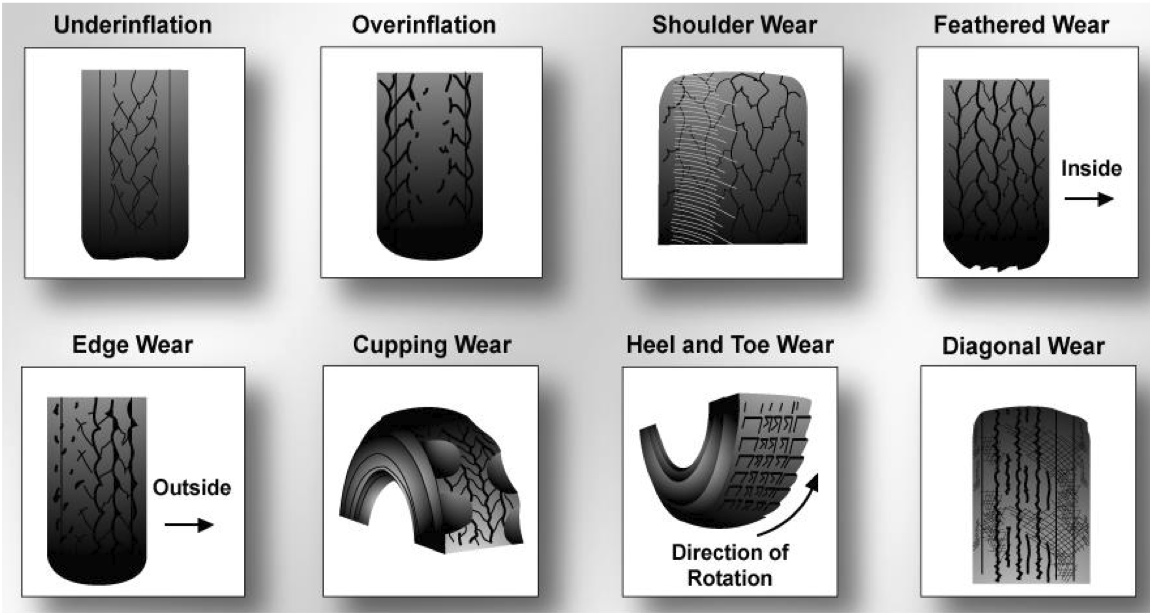 If you break the rule, loss of performance and accelerated wear are possible.
If you break the rule, loss of performance and accelerated wear are possible.
Asymmetric directional tread is the most difficult to manufacture. Thanks to this design, the tire combines cornering stability and optimal grip on straight sections.
Improved performance of hybrid technology guarantees an advantage on the race track. For the average user, the advantages are not noticeable - at low speeds in urban mode, ramps cannot reveal their full potential.
Experienced motorists know that each tire has a direction of rotation. If you put the wheel on the machine incorrectly, its efficiency is greatly reduced. The wear of the tread also increases, which leads to rapid abrasion of the studs, increased noise of movement.
Special inscriptions like Rotation, Outside will help you find out which side to put the tires on the car.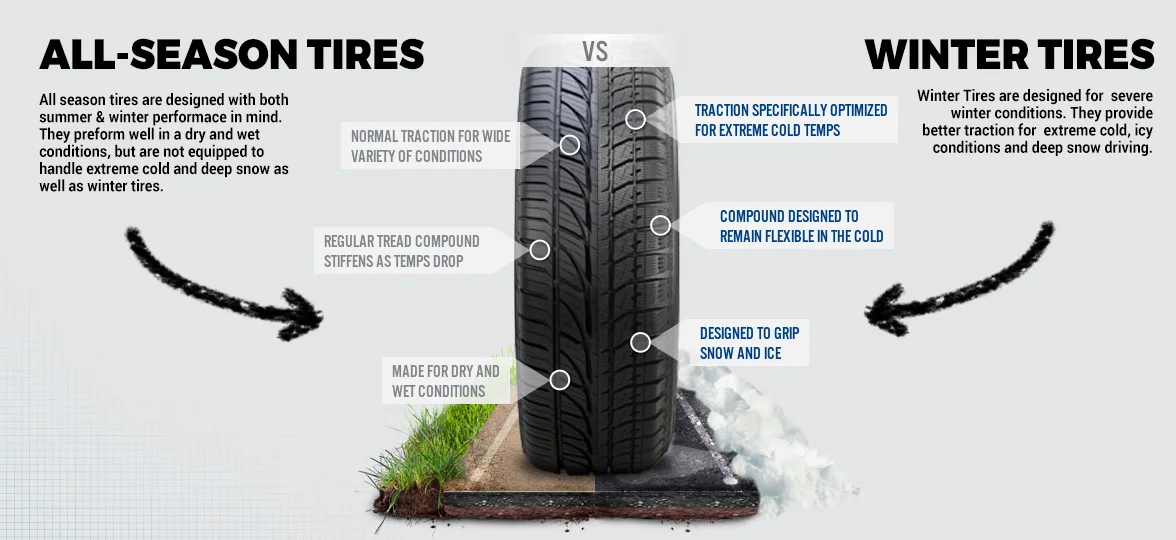 Designations are applied to the sidewalls, while the indices are relevant for all manufacturers. Regardless of the brand, be it Hankuk or Rossava, the labeling is the same.
Designations are applied to the sidewalls, while the indices are relevant for all manufacturers. Regardless of the brand, be it Hankuk or Rossava, the labeling is the same.
Symmetric directional tires are the easiest to install. Arrows may not be applied here - the desired strip is indicated by the drawing itself. Typically, on such rubber, the location of the spikes is a herringbone. The front of the arrow, when considering the tire from above, should be in the direction of the car.
The photo shows the correct installation of a symmetrical directional tire.
Asymmetric tires can be supplied in the same way. If there is a characteristic elongation on the working surface, the installation is performed in this way.
On models where a clear direction of the pattern is not visible, it is necessary to navigate along the side indicators.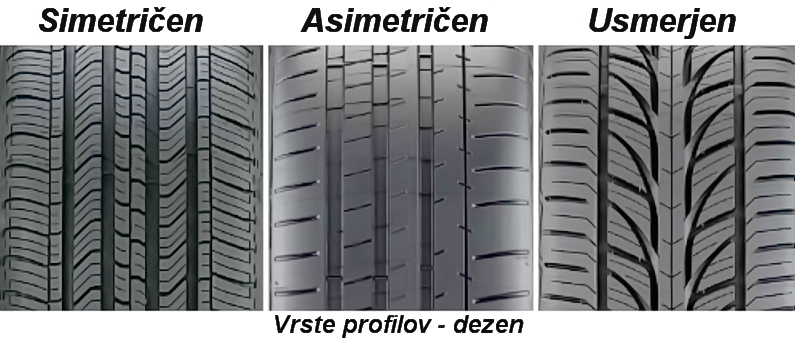 The pictures show the most common tire designations.
The pictures show the most common tire designations.
Asymmetric tread - meaning of the inscription: located on the inside of the wheel:
Designation of the side of rotation - the arrow points forward:
[ad-pc-mob-pa154]
For tires where there are no arrows or similar indicators, there is no difference how to put them on the car. Due to the fact that there is nothing to show the necessary side - tires with non-directional tread work equally in both directions.
Such ramps are characterized by a specific design of spikes. The elements have symmetrical bevels on both sides.
There are also installation rules for winter tires. Arrows and markings are also used here to indicate the correct installation. The Rotation inscriptions combined with the arrow, Outside and Inside markings, indicating the location of the sides, are relevant.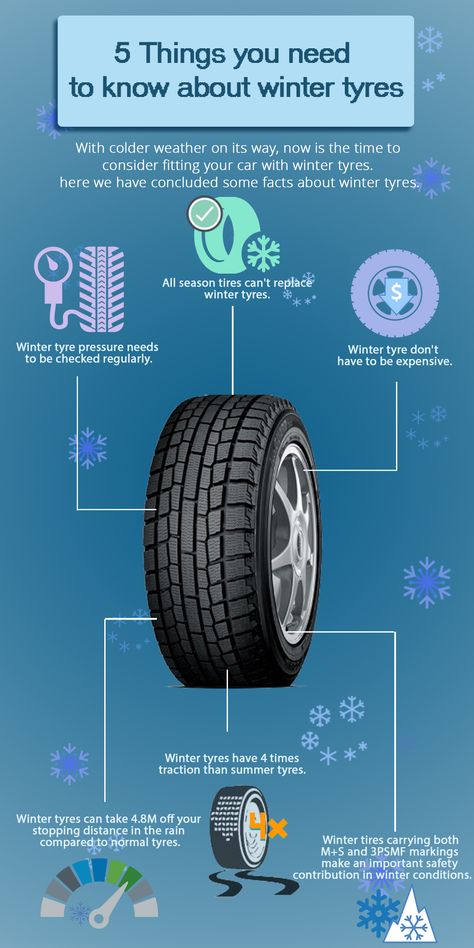
Wrong installation on winter tires affects more. The soft composition of the stingray wipes off faster, and the metal spikes fall out easily. Thus, the error reduces the life of the product by 40-50%.
Models with directional tread are also popular for winter. Here, the direction of rotation of the wheels is similarly indicated by an arrow. In its absence, the correctness is determined by the location of the tree of thorns. When viewed from above, the tip should be in the direction of the car.
If the tires are installed incorrectly, their grip on slippery surfaces will decrease, the wear of the tread and metal inserts will increase.
Firestone symmetrical non-directional tire is designed for family cars. Rubber compound characteristics suitable for moderate winter use.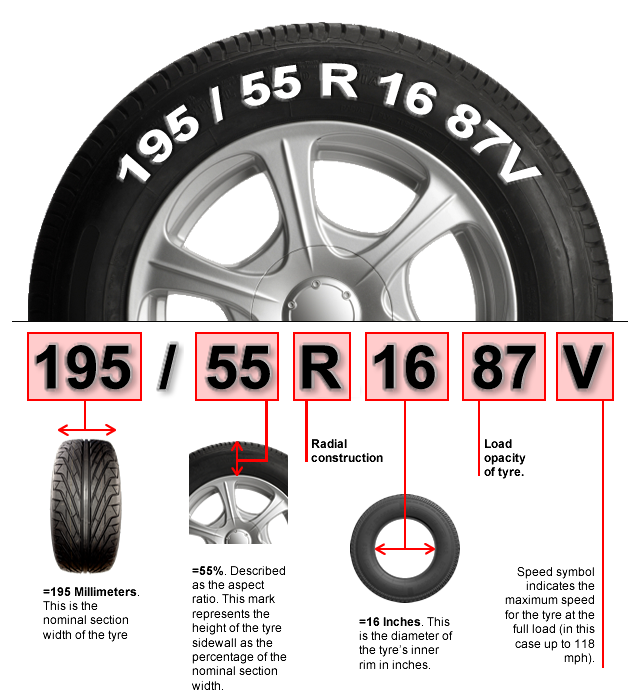 The slope can be placed on either side.
The slope can be placed on either side.
Tires of the specified brand are directional and non-directional. Products are mounted according to the general rules. To determine the correct location in the MP-52 model, there are Rotation arrows.
For asymmetric MPS 530 tyres, follow the indications of the mounting side "outside and inside".
Michelin winter studs are predominantly produced with a directional tread design. Such models need to be beaded on the rims based on the pointers or the location of the “tree” of the tread.
Similar models of the Michelin Energy type do not show a clear direction of the blocks. Here you should navigate by marking the inside and outside of the rubber.
Dunlop also manufactures a wide range of automotive wheels. Due to trade in Europe and the USA, brand products are subject to general labeling rules.
Depending on the model, the tread pattern can be symmetrical or asymmetrical. The direction is determined by the arrows or the corresponding inscriptions on the sidewalls of the tire.
The crossover version differs from competitors' offerings in high cross-country ability and low price. Due to the complex design of the working part, motorists often make mistakes when mounting a tire.
To facilitate the procedure, the manufacturer puts a Rotation indicator with a characteristic arrow on the side of the ramp, which minimizes the likelihood of incorrect installation.
Budget tire Kama Irbis 505 has a pronounced tread direction. If you are careful during tire fitting, it is difficult to confuse the direction. The model has a standard pointer and pattern orientation.
Manufacturer Cordiant produces several types of tires.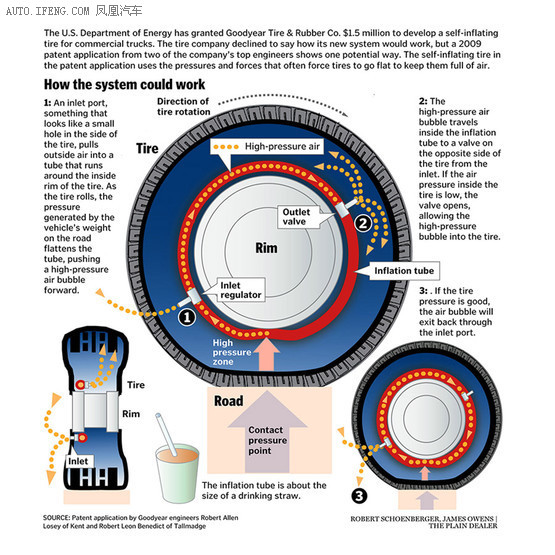 Asymmetric and symmetrical modifications are popular among motorists. Depending on the design, the tires are marked with direction or inside/outside indicators.
Asymmetric and symmetrical modifications are popular among motorists. Depending on the design, the tires are marked with direction or inside/outside indicators.
In the fifth version of Nordman, it is impossible to confuse the correct direction. There is a pronounced directional pattern and pointers on the side parts.
The central part of the working platform is a solid Christmas tree, the tip of the triangle must be directed in the direction of the vehicle.
Pure summer tires use the same markings and standards as other tire types. There is a directional and non-directional tread, symmetrical and asymmetrical. Mounting is carried out according to the tree or indexes printed on the sidewalls
Tires of the Hakapelita model, regardless of modification, have an exclusively directional structure of the working part.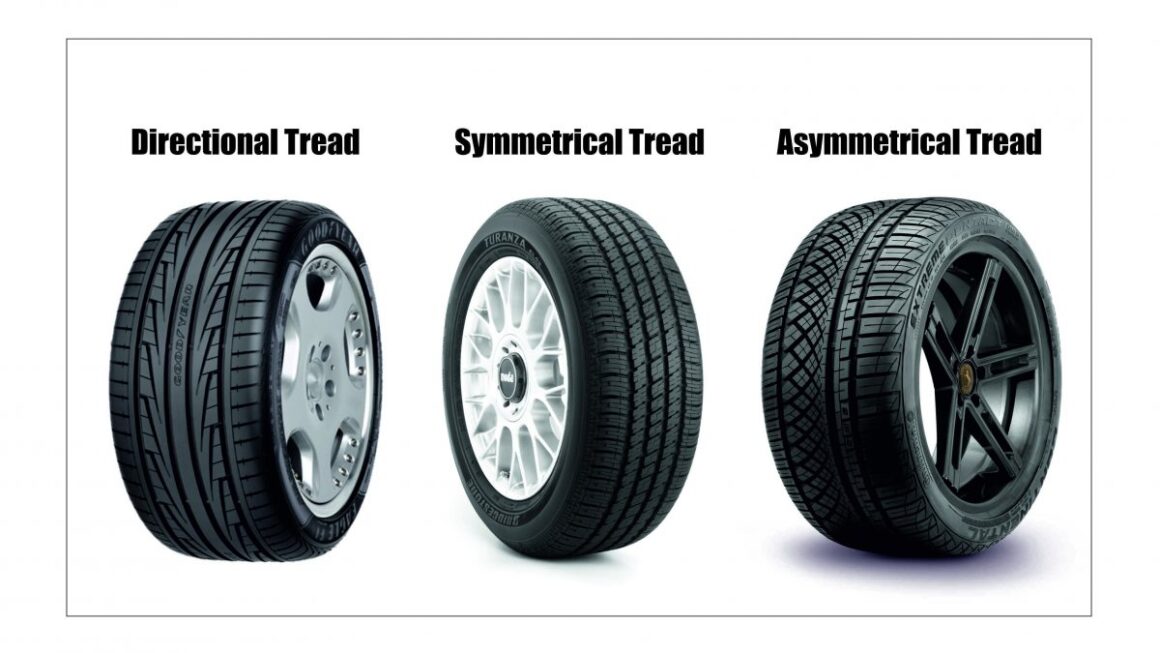 The popular version can only be mounted on discs in one direction.
The popular version can only be mounted on discs in one direction.
Proper mounting is indicated by arrows on the side of the tire.
The products of the German corporation are in great demand among Russian buyers. The manufacturer's assortment includes asymmetric and directional designs. According to European standards, in 100% of cases, there are indicator elements on the tire, which contribute to the correct installation.
All the inscriptions and arrows present will help to fence the ramp with the utmost precision.
Mark Sava comes from Slovakia. It produces directional and equilateral tire models that are in demand in Europe. The brand's products are popular due to a good combination of price and quality.
Regarding the direction of the pattern - it all depends on the type of model and the intended application. The range includes varieties of all designs.
The range includes varieties of all designs.
Directional ramps are mounted according to the arrows, asymmetric ones are installed according to the Outside and Inside inscriptions.
Older versions of Yokohama Ice Guard tires had a symmetrical, directional tread type, where it was almost impossible to mix up the mounting location or side. In 2018, the manufacturer introduced a new generation of the model to the Russian market. Here you can clearly see the asymmetry of the shape of the working area.
Due to the design change, the tire has a new marking. Inner and outer honor markers are located on the sidewalls, where "Outside" is the outer side.
Most of the company's new models of ramps are made asymmetrically. The main feature of the working area is that the inner side is made soft.